Learn what is ghee, how it’s similar (and different!) than butter, and how to use ghee in your own kitchen to maximize its health benefits.
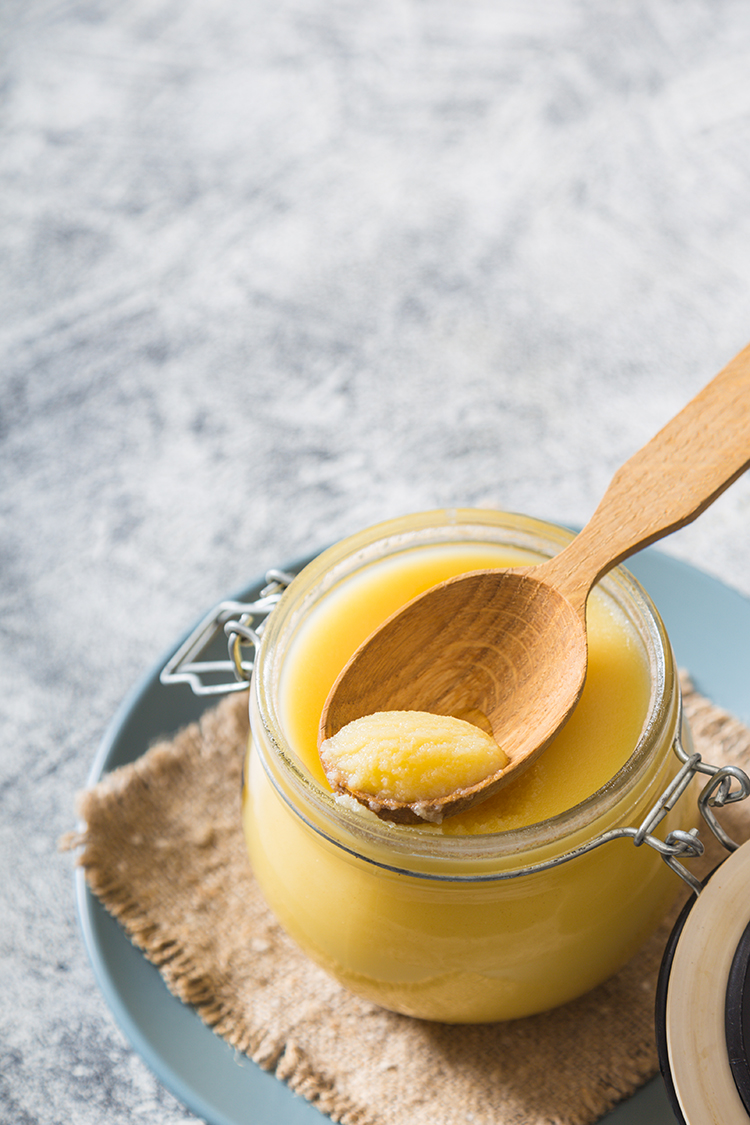
You’re likely familiar with butter, but do you know what ghee is?
Spoiler alert: you can use ghee just like butter in almost any recipe!
It’s also typically well-tolerated by people who have problems with butter and other dairy products. Ghee doesn’t require any refrigeration and is often touted as a nutritionally superior choice to standard butter.
What Is Ghee?
Ghee is a form of highly clarified butter that is free of water and milk solids.
Technically speaking, ghee and clarified butter are not the same thing. Ghee is clarified butter that had gone a few steps further. Ghee is clarified butter that is cooked longer to remove all the moisture, and the milk solids are allowed to caramelize (i.e. turn a deep brown) in the butterfat and then strained out, which results in the nutty flavor that ghee is known for.
To create ghee, butter made from cow’s milk is cooked and strained until there is no remaining water or milk solids. As a result of this clarification process, ghee is both casein-free and lactose-free, making it a friendly option for people with dairy allergies or sensitivities. I personally mostly avoid cow’s milk because it affects my skin clarity, but find that I tolerate ghee very well with no skin reactions.
Ghee has been used for thousands of years in India and is a staple of Ayurveda, one of the world’s oldest alternative medicine systems. It’s a common food item in Southeast Asia, the Indian subcontinent, and the Middle East.
The word “ghee,” also known as “ghrita,” originates from the Sanskrit language. Ghee is often referred to simply as clarified butter (but again, they’re slightly different, see above).
Ghee has a rich golden color but is more like the consistency of coconut oil (but has no coconut flavor—it tastes buttery!).
Ghee vs. Butter: Which Is Better?
Is ghee healthier than butter? Technically, ghee nutrition is similar to butter but without allergens that make butter a problem for many people.
Ghee and butter are similar from a nutritional standpoint, but ghee does not contain any milk proteins. This makes ghee the better choice for many people, especially if they struggle with sensitivities and/or allergies associated with dairy.
Does ghee taste like butter? Ghee can be described as having a richer, more nutty flavor profile than your standard butter. Since the milk solids have been removed, ghee is thicker and not as creamy as butter. Most people agree that ghee gives food a wonderful buttery flavor.
Ghee has a very high smoke point, around 480 degrees Fahrenheit, while butter has a smoke point around 300 degrees Fahrenheit. This makes ghee the better choice for high-heat cooking.
The caloric differences between the two are negligible: One tablespoon of ghee has approximately 120 calories compared to 100 calories in a tablespoon of butter. The same serving of ghee has about 13 grams of saturated fat while butter has 11 grams.
Both contain no protein, sugars, or carbohydrates.
Whether you’re buying ghee or butter, look for grass-fed versions with more flavor, nutrients, and potential benefits.
Ghee Nutrition
One tablespoon of grass-fed ghee contains about:
- 120 calories
- 13 grams of fat
- 6 grams fatty acids
- 20 milligrams cholesterol
- 500 IU vitamin A
Butter Nutrition
One tablespoon of grass-fed, pasture-raised butter contains about:
- 100 calories
- 11 grams of fat
- 8 grams fatty acids
- 30 milligrams cholesterol
- 500 IU vitamin A
Health Benefits of Ghee
1. Ghee Is Casein- and Lactose-Free
Ghee is an all-natural, preservative-free alternative to butter and cooking oils that is both casein-free and lactose-free.
Ghee can be used just like butter, which is especially great for people who struggle with dairy allergies or sensitivities, including those that are lactose intolerant.
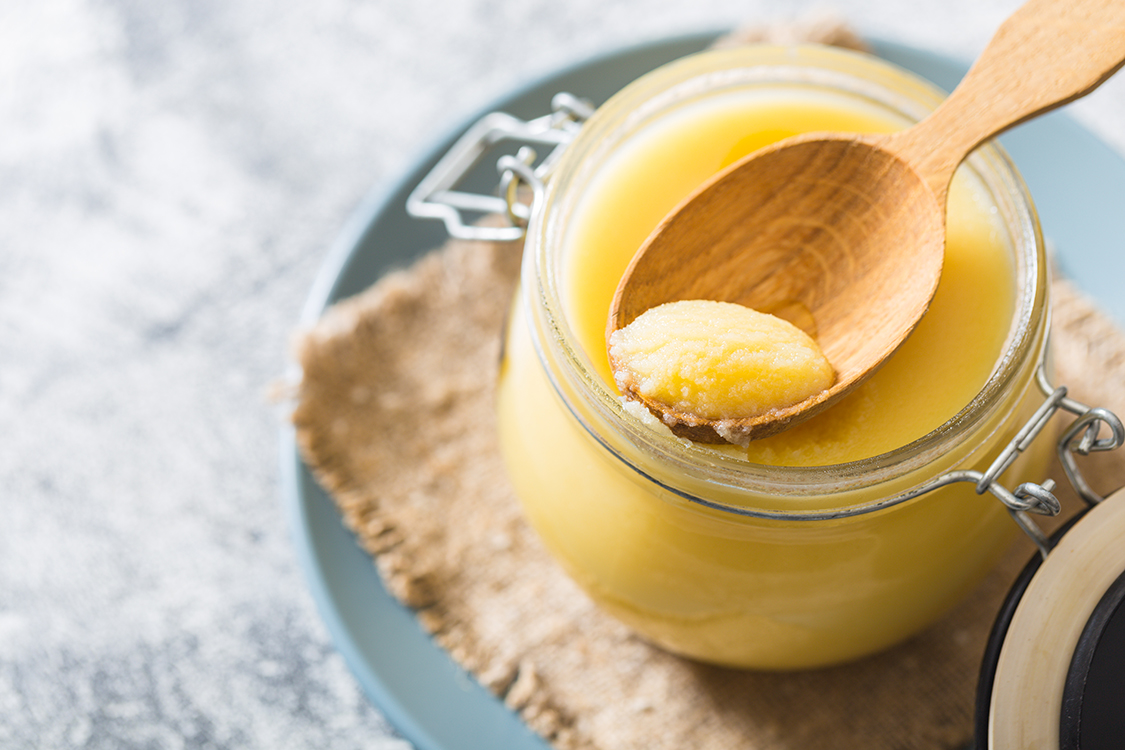
2. Ghee Has a High Smoke Point
Ghee is said to have a smoke point of about 480 degrees Fahrenheit. This is a much higher smoke point than most cooking fats.
Due to its ability to remain stable at very high heat, using ghee can help to reduce your exposure to free radicals produced by cooking oils not appropriate for high-heat cooking.
3. Ghee Is a Nutritional Powerhouse
Ghee also packs a powerful punch of nutrients and beneficial fatty acids. It’s notably high in vitamin A, which is excellent for the immune system and eye health. It also contains anti-inflammatory fatty acids, including conjugated linoleic acid (CLA) and butyric acid.
Ghee contains slightly more CLA than butter. Research shows that CLA may help to reduce body fat. Ghee also contains butyric acid (again, slightly more than butter), linked to potential anti-cancer and anti-inflammatory benefits.
No wonder it’s so popular in Ayurvedic medicine!
How Is Ghee Made?
Ghee is created by heating regular butter from cow’s milk until all the water and milk solids can be strained away. What is left after this heating and straining is the buttery, golden fat known as ghee.
Making ghee can take a long time and uses a low (100 degree) heating preparation. This allows the ghee to retain many essential vitamins and minerals that would otherwise be destroyed by high heat.
You can easily make ghee at home—and it has an exceptionally long shelf life if stored in a cool, dry location. Ghee is shelf-stable and can last in an unopened container for up to 9 months. Once the jar is opened, ghee can keep for up to 3 months.
Is Ghee Healthy?
Ghee has many notable benefits that make it a worthwhile addition to your pantry. It’s rich in vitamin A and omega fatty acids. It also naturally contains vitamin E, a potent antioxidant. (Antioxidants help fight free radical damage in your body and protect your cells.)
Ghee is free of preservatives, additives, and unhealthy trans fats. Due to its high smoke point, ghee is less likely to create harmful free radicals in the cooking process than olive oil or other low-heat cooking oils.
Is ghee healthier than oil? Ghee is definitely healthier than processed vegetable oils such as corn, soybean, sunflower, and peanut oils. These are higher in proinflammatory long-chain polyunsaturated fatty acids, which can increase inflammation.
Why I Love Ghee
Why do I love ghee? Ghee is a healthy alternative to butter and traditional cooking oils. It is particularly wonderful for those of us who suffer from dairy sensitivities. Many diets, like the Paleo diet and Whole 30, promote ghee as a butter alternative due to the lack of casein and lactose.
This golden buttery substance is also high in fat-soluble vitamins and antioxidants, which are excellent for the immune system and overall health. Ghee has a richer flavor than butter and can be used in more recipes due to its high smoke point.
While butter serves strictly as a kitchen staple, ghee has many other uses and benefits. Traditionally and to this day, ghee is even used as a topical moisturizer for skin and hair.
How to Cook with Ghee
Ghee can be used as a replacement for butter or oil in any of your favorite dishes. It cooks without burning, so ghee makes an excellent choice for frying eggs, making grilled cheese, and sauteing proteins or veggies.
You can truly use ghee just like you would butter. Just add it to the pan before searing steaks, making omelets, or creating a stir fry. The list is really endless.
You can also use ghee to top off dishes like squash after roasting for a simple yet flavorful and nutritious side dish.
Like coconut oil, this delicious fat can start your day off great! Many people enjoy putting a teaspoon of ghee in their morning coffee or tea for added nutrients and energy benefits. (Golden milk tea, anyone?)
Ways to Use Ghee
For Cooking & Food Prep
Ghee has been a staple in Indian cooking for centuries and is famous in the modern world. You can use ghee the same way you would use butter or cooking oil. Ghee is perfect for frying, roasting, and sauteing meats, fish, veggies, and eggs.
You can use ghee as a condiment on a baked potato or roasted squash. Ghee can be used like butter on bread and bagels. It can also be used in place of butter or oil for baking.
For Skin and Hair
Ghee is an all-natural cooking ingredient that doubles as a beauty aid. Its high essential fatty acid content makes ghee an excellent choice for moisturizing and hydrating dry skin. It can also be used as a hair mask.
To use ghee on the skin:
- Combine an equal amount of ghee and water to create a paste.
- Apply this paste to the skin for 10-15 minutes.
- Rinse off to enjoy the anti-aging benefits.
This paste can also be used for wounds, burns, or scarring to aid the healing process.
A hair mask with ghee can help nourish split ends, encourage hair growth and provide relief from dandruff and an itchy scalp.
How to Make Ghee
Ghee is really quite simple to prepare at home, and it can be economically advantageous, too.
To make homemade ghee:
- Start with high-quality organic, grass-fed, unsalted butter.
- Add a pound of butter to a pot and allow the butter to melt slowly over low heat.
- Once the butter has fully melted, it will begin to separate into layers, foam will form on top, and you’ll notice a little sputtering. That sputter is the water evaporating—you’ll want to skim that off with a spoon.
- Let the butter simmer for 25-30 minutes as you continue to skim the water off the top and allow all of the milk solids to settle to the bottom of the pan.
- Turn off the heat and let it cool a little before straining it through a clean piece of cheesecloth or a fine-mesh strainer into small glass jars.
- Store the ghee in a cool place in a glass jar with a tight-fitting lid.
You now have clarified butter, otherwise known as ghee! It should last for a few months stored at room temperature.
To make your ghee last longer, refrigerate it. Keep in mind its texture will be harder if you choose this option.
Will you be making your own ghee? Have you substituted this delicious butter for normal butter from the grocery store? Tell me more in the comments!
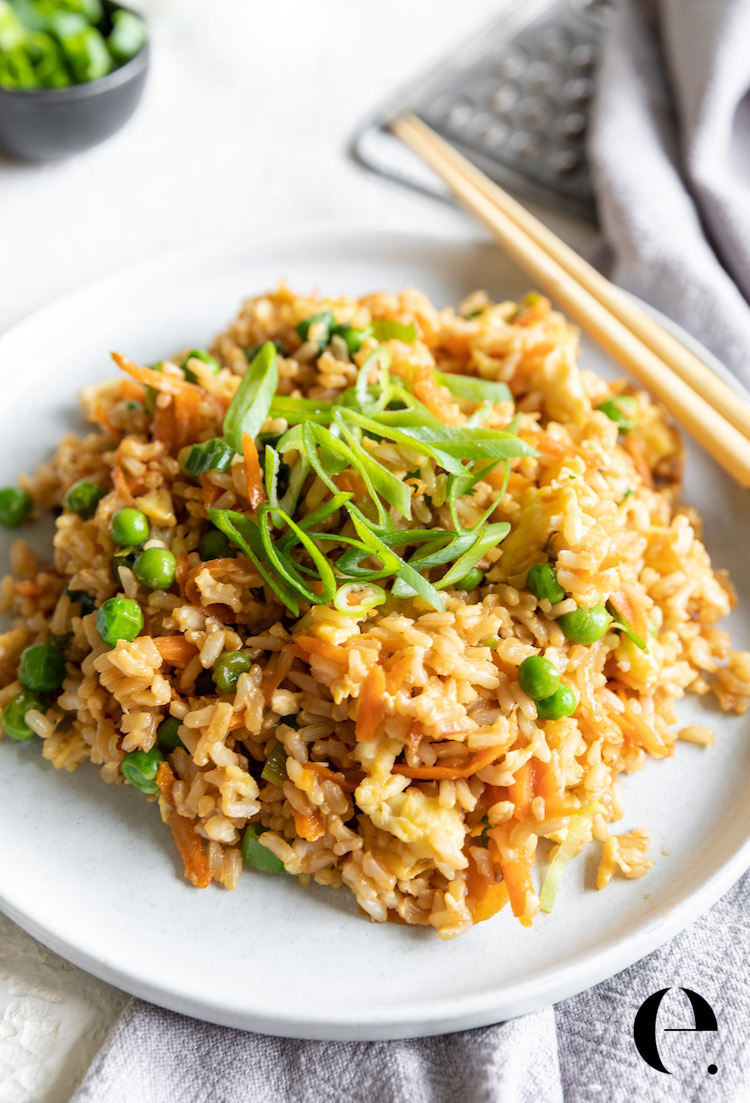
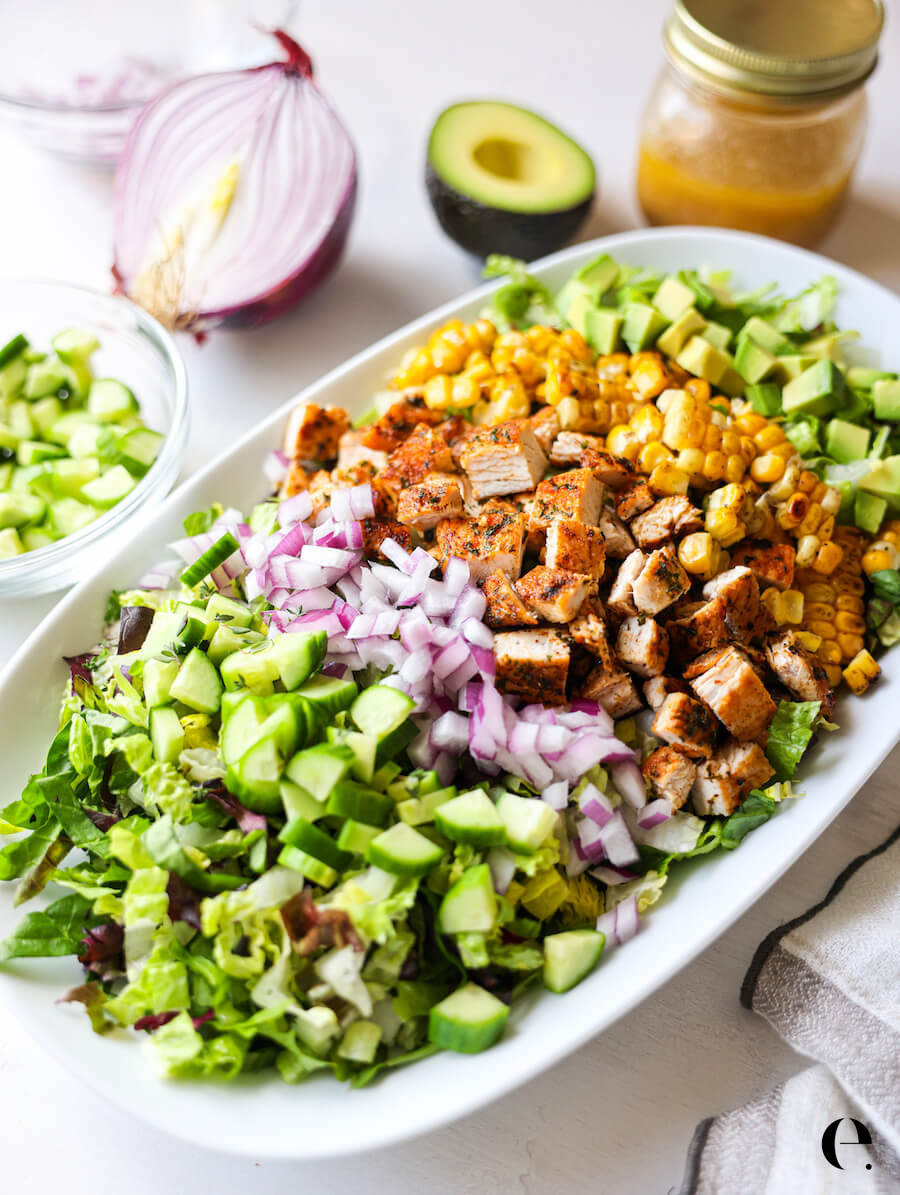
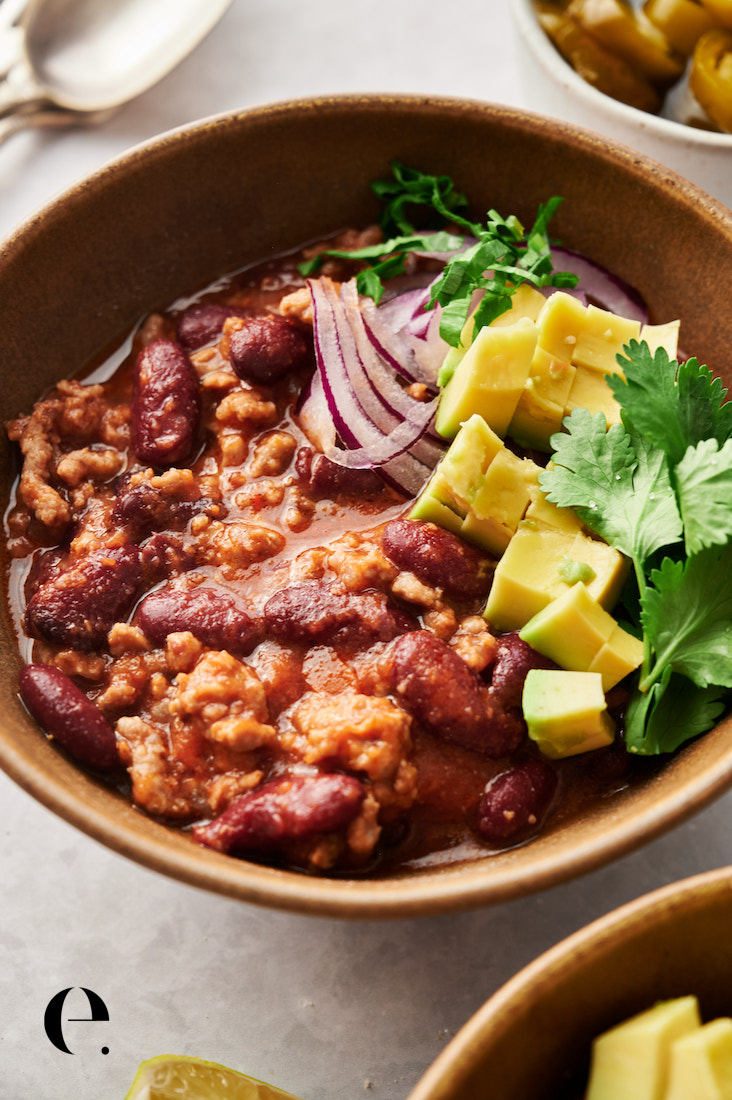
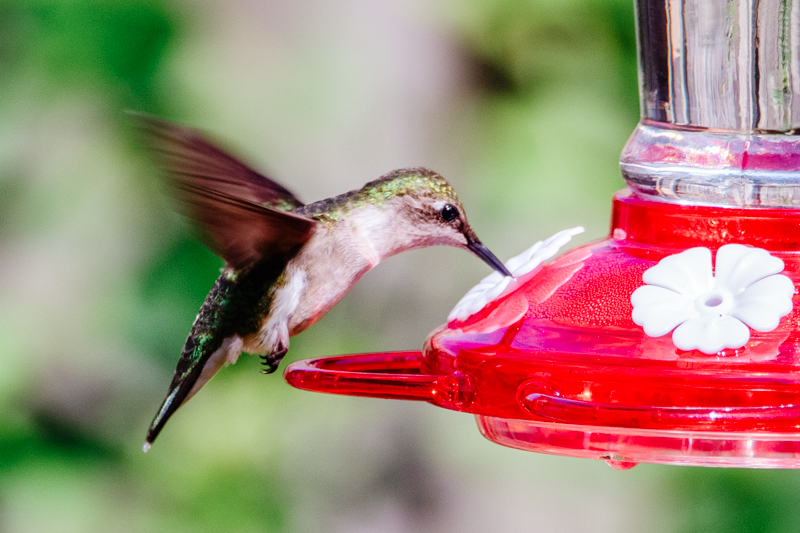
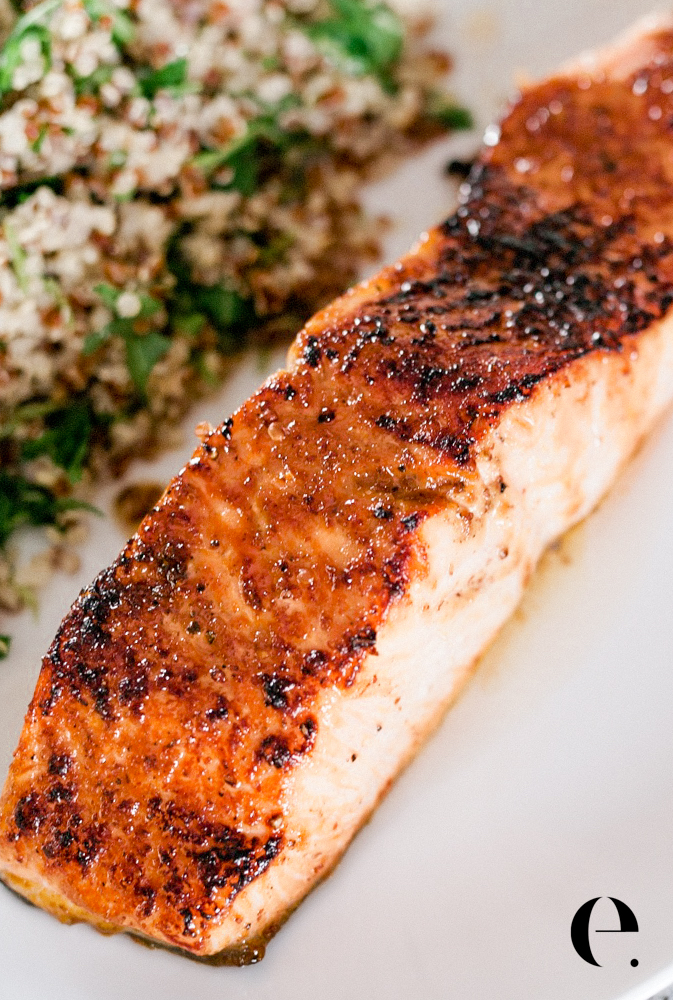
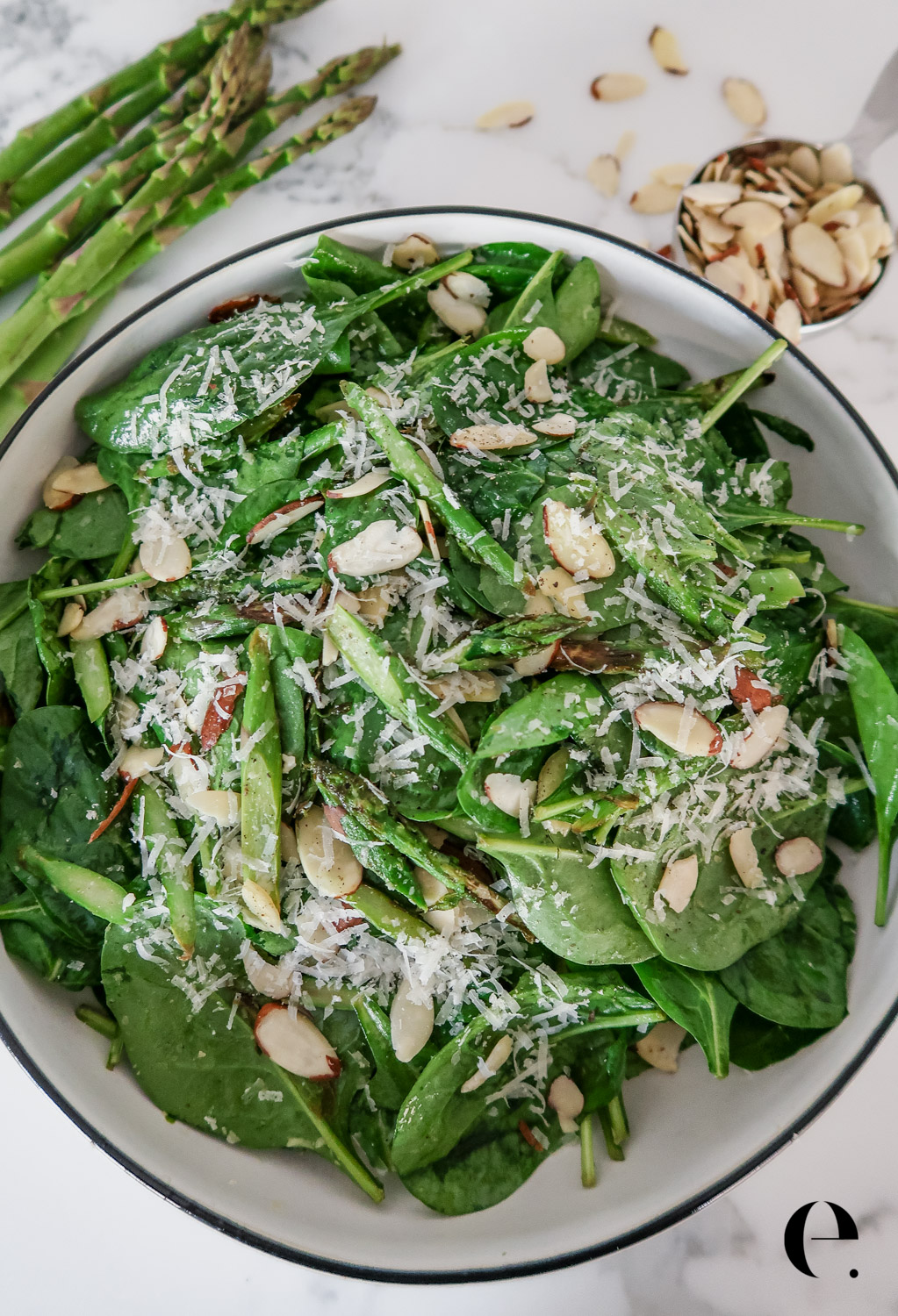
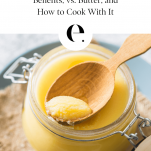
My grandson is allergy gluten and butter. I’m preparing cookies and cannot use milk or butter. Can I use ghee as a substitute?
No, ghee is made from butter. Its the only ingredient.